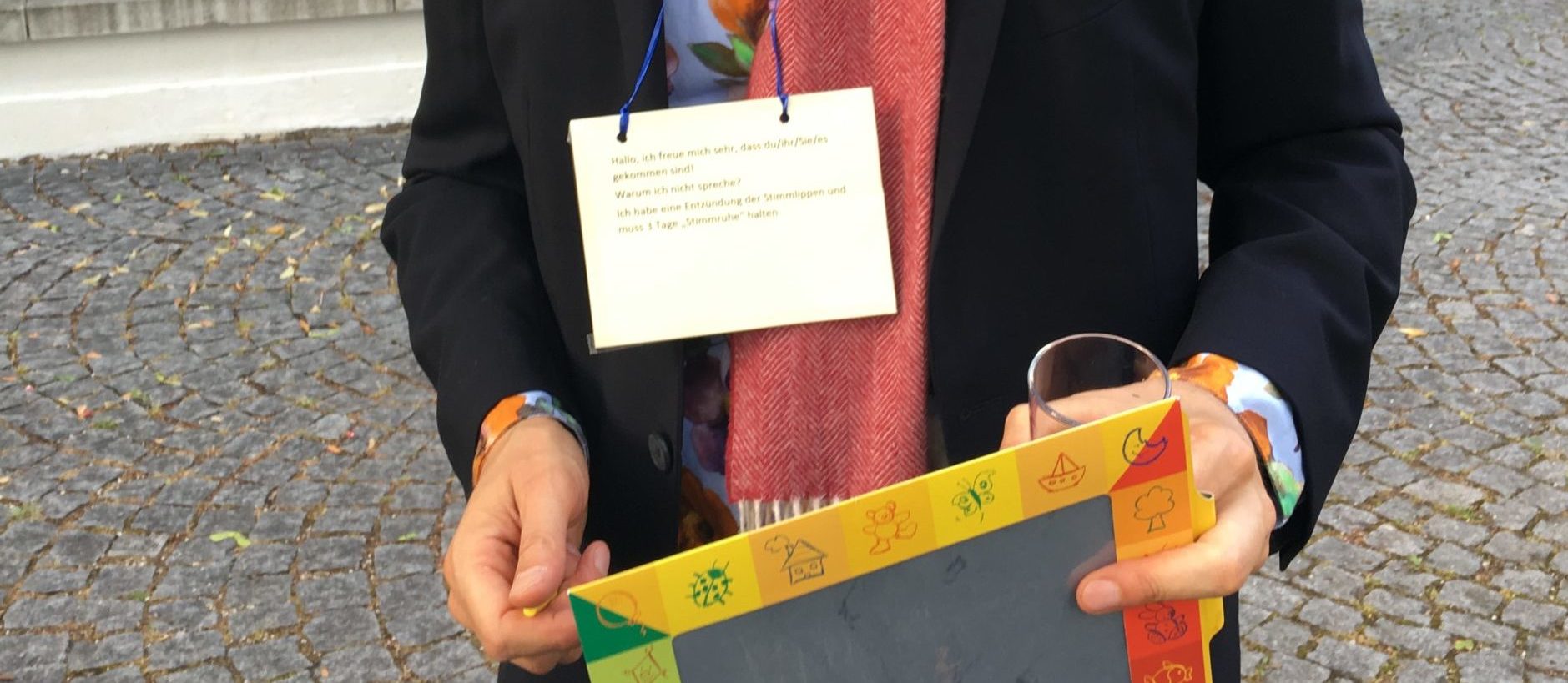
Many articles, research papers, and books have been written on the Japanese way of communication.
Some authors go a bit overboard by referring to Far Eastern myths of "telepathy in the land of the rising sun". As a trainer, I cover this topic in almost all training courses, workshops, or coaching sessions too. And yet after 30 years of working with Japan, there are still new personal experiences to teach me that our cultures are not that far apart.
A bit of theory
Before we get to my particular story, here is a summary of the main differences between Japanese as a high context language and standard business English.
The high context model is used to describe cultures with rather homogeneous group members that have been interacting over long(er) periods, hence sharing a lot of common knowledge and experiences.
This means that communication can in general be more indirect, as all members already share a lot of prior knowledge. This prior knowledge, i.e. the high degree of context, can include unwritten rules, typical processes, or the underlying details of most developments. More on high context in this JCO article
All members of such cultures share a rather large amount of prior knowledge, so opinions or suggestions on what to do next might not need to be expressed clearly.
In some cases, the preferred approach is the famous Japanese smile that can express joy, anger, shame, confusion, or even sadness. In short, words are no longer necessary because everyone knows what the person wants to express anyway. It would be stating the obvious!
Alternatively, typical high context phrases like “ち ょ っ と 難 し い で す / it is a bit difficult” or “考 え さ せ て く だ さ い / let us consider” clearly indicate that something is out of the question for the speaker.
Silence!
All of this may sound a bit hard to grasp so let us connect it all to a personal experience of mine. Shortly before the big party for my 50th birthday in 2019, I completely lost my voice. After contracting a cold and still delivering several sessions in a row, just at the end of my last Japanese training sessions at 5 p.m., my voice was completely gone.
After a trip to the doctor´s, I was not sure how to attend my own party if I wasn´t being able to speak...she had prescribed a full 3-days of complete silence!
Then it came to me, I would borrow an old Etch A Sketch toy from one of our children and hang it around my neck.
(as shown in the photo …it was a non-digital, yet “magical tablet“ on which kids can write and erase as often as they want)
My assumption
Each of my guests had known me for a very long time. I shared a very high amount of joint experiences, prior knowledge, and memories of conversations we had had over the years with everyone attending. As a result, our shared context level was certain to be very high.
Despite being unable to speak, according to the “high context” model, it should be possible to have in-depth conversations by just writing 1 or 2 bullet points on my magic board. The rest could certainly be inferred by my old friends and relatives from the context.
So I put my theory to the test.
The scientific method at work!
During the party, I sat down with everyone to set topics by writing words like “Daughter, abroad” on the board when I wanted to ask about a friend's daughter's stay with her host family. Or I noted down the keyword "knee" to find out more about my aunt´s surgery.
It went extremely well and turned out to be a really fun and unexpectedly informative evening.
Since I stayed silent all the time, I learned a lot of new things from the private lives of my guests. In fact, I suspect that most of them would not even remember my missing voice. Such was the quality of our conversations!
Personal insight after 30 years...
So, after 30 years it became clear to me that nobody in Japan can actually read minds!
The typical Japanese indirect communication is simply achieved by a lot of shared experiences, unwritten rules, and standardized processes that everyone is aware of. This shared context can be referred to with just a few hints, such as I did use the Etch A Sketch toy within my own "high context" group.
It goes without saying that Japanese are only human too, but humans with very fine antennas! This means that, in Japan, it is expected that everyone make a conscious effort to put themselves in the shoes of the people around them to avoid conflicts and unpleasant surprises.





